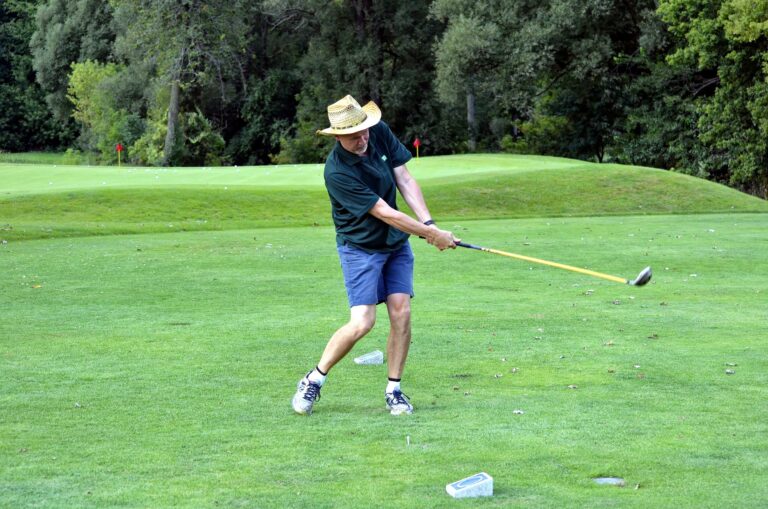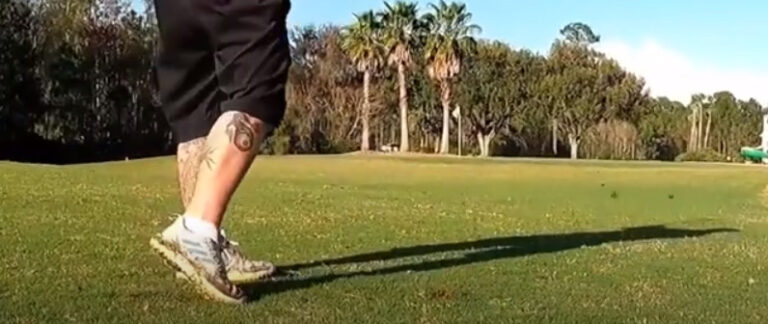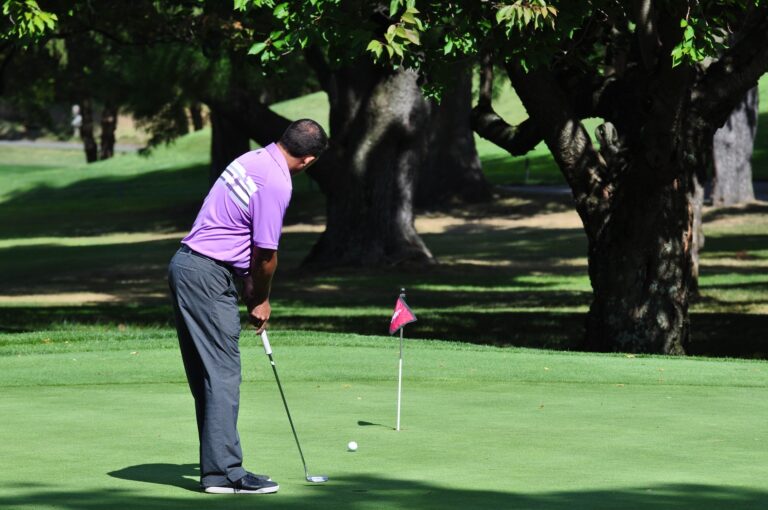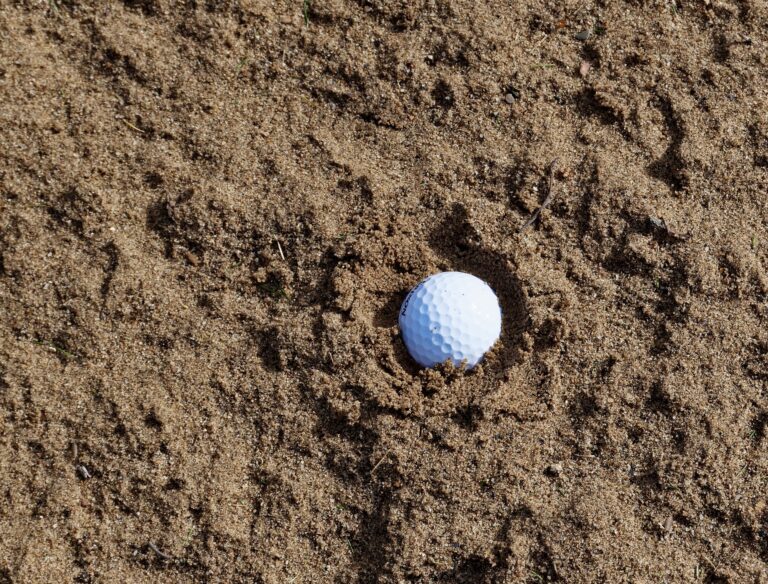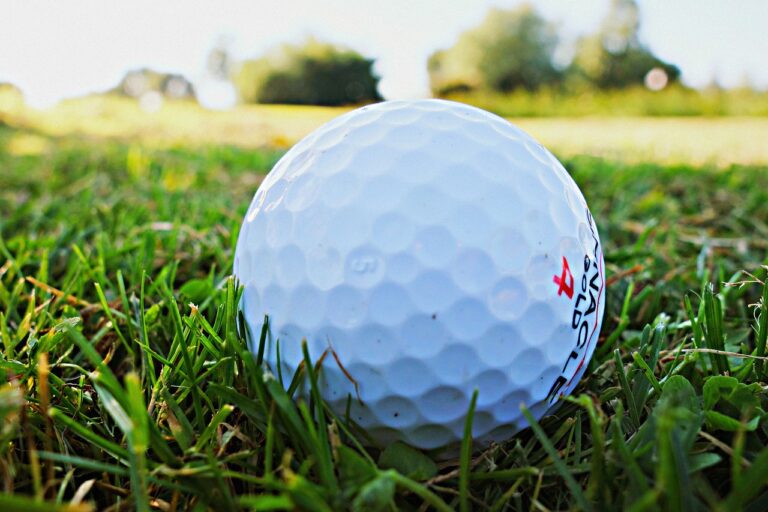how to chip a golf ball consistently
Chipping is one of the most important skills in golf. It can help you save strokes, lower your scores, and enjoy the game more. Chipping is a short shot that lifts the ball into the air and then lets it roll on the green. It is useful when your ball is close to the green but not on it, or when you need to navigate obstacles or slopes.
To chip a golf ball consistently, you need to master four key ingredients: height, carry, spin, and roll.
These factors determine how far and how high the ball flies, how much it spins, and how much it rolls after landing. By controlling these factors, you can adjust your chip shot to suit different situations and distances.
In this article, I will show you how to chip a golf ball consistently by following some simple tips and drills. We will cover the basics of grip, stance, swing, and practice.
By applying these tips and drills to your own game, you will be able to improve your chipping skills and confidence.
what is chipping in golf?
Chipping in golf is a tactical shot that lifts the ball into the air and makes it roll long after landing. It is useful for situations where the ball is buried in the grass or on a downhill slope. The goal of chipping is to place the ball as close to the hole as possible to save more strokes
how to chip a golf ball consistently?
Now into the main topic of this post, how to chip a golf ball consistently, but before I dive into the process, I just want you to note that nothing replaces practice. You need to constantly price your chip to get good at it.
Grip
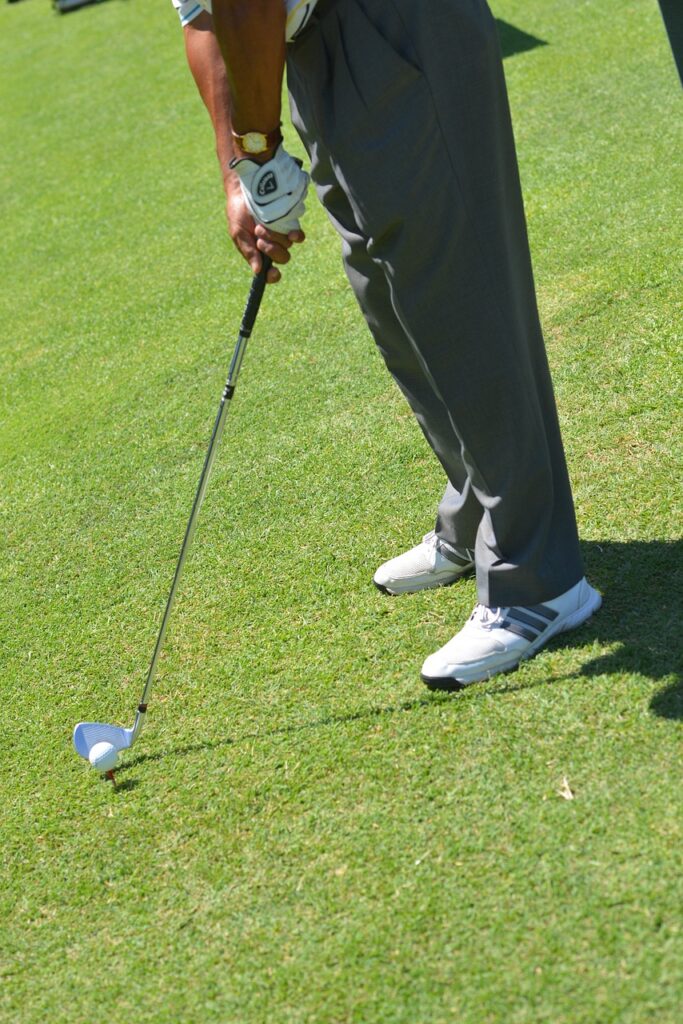
The first step to chipping a golf ball consistently is to have a proper grip. The grip is how you hold the club in your hands. It affects the direction, speed, and accuracy of your shot.
For chipping, you should hold the club with a light grip pressure. This will allow you to feel the clubhead and control the swing. You should also choke up slightly on the club, meaning move your hands closer to the clubhead. This will give you more leverage and stability.
Another important aspect of the grip is to align the clubface with the target. The clubface is the part of the club that hits the ball. It should point where you want the ball to go. To check your alignment, you can use an alignment stick or another club on the ground parallel to your target line.
One more thing to consider when gripping the club is the loft. The loft is the angle of the clubface that determines how high the ball flies. Different clubs have different lofts. For example, a pitching wedge has a higher loft than a 7-iron. The higher the loft, the higher and shorter the ball will fly.
The choice of club for chipping depends on your personal preference and the situation. Generally speaking, you should use a lower lofted club for longer chips and a higher lofted club for shorter chips. You can also vary the loft by opening or closing the clubface slightly.
Stance

The second step to chipping a golf ball consistently is to have a proper stance. The stance is how you position your body in relation to the ball and the target. It affects your balance, stability, and power.
For chipping, you should position your body slightly ahead of the ball. This means that your sternum (the middle of your chest) should be in line with or slightly in front of the ball. This will help you strike down on the ball and avoid scooping it.
You should also align your feet slightly open to the target. This means that your feet should point slightly left of the target (for right-handed golfers). This will help you turn your hips and shoulders through the shot and create a smooth swing.
Another important aspect of the stance is to place the ball on either the front or back foot. Never place it directly in between your feet. This will affect the height and carry of your shot.
If you place the ball on your front foot (the left foot for right-handed golfers), you will create a higher chip with more carry and less roll. This is useful when you need to clear an obstacle or stop the ball quickly on a fast green.
If you place the ball on your back foot (the right foot for right-handed golfers), you will create a lower chip with less carry and more roll. This is useful when you have plenty of green to work with or when you want to use the slope of the green to direct the ball.
One more thing to consider when positioning yourself for chipping is to keep your weight forward. This means that most of your weight should be on your front foot throughout the shot. This will prevent you from shifting your weight back and forth during the swing and losing control of your shot.
Swing

The third step to chipping a golf ball consistently is to have a proper swing. The swing is how you move your arms, wrists, and club during the shot. It affects your contact, speed, and consistency.
For chipping, you should swing with your full upper body. This means that you should use your arms, shoulders, and torso to create the swing. You should avoid swinging with your wrists or elbows, as this will cause you to lose stability and accuracy.
You should also swing downward on the ball. This means that your club should move from high to low as it approaches the ball. This will help you create a negative attack angle, which is the angle between the club and the ground at impact. A negative attack angle will help you hit the ball first and then the turf, creating a crisp contact and a good spin.
Another important aspect of the swing is to raise the club as it makes impact with the ball. This means that your club should move from low to high as it leaves the ball. This will help you create a positive launch angle, which is the angle between the ball and the ground at takeoff. A positive launch angle will help you lift the ball into the air and give it some carry.
One more thing to consider when swinging for chipping is to follow through with the motion. This means that you should continue moving your arms, wrists, and club after hitting the ball. This will help you maintain your speed and direction and avoid decelerating or stopping your swing.
Practice
The fourth and final step to chipping a golf ball consistently is to practice. Practice is how you apply what you have learned and improve your skills and confidence. It is essential for any golfer who wants to get better at chipping.
For chipping, you should practice regularly and effectively. This means that you should set up a target area on the green, vary the distance and lie of the ball, focus on quality over quantity, and track your progress.
You should also practice some drills that will help you improve your chipping skills. Here are some examples of drills that you can try:
- Ladder drill: Place five balls at different distances from the hole, starting from 5 yards and increasing by 5 yards each time. Chip each ball to the hole using different clubs. Try to get each ball within 3 feet of the hole.
- Clock drill: Place 12 balls around the hole at a distance of 10 feet, like the numbers on a clock. Chip each ball to the hole using the same club. Try to make as many balls as possible or get them within 3 feet of the hole.
- One club drill: Choose one club and chip with it from different distances and lies. Try to adjust your stance, swing, and loft to suit each situation. See how close you can get each ball to the hole.
Conclusion

Chipping is a vital skill in golf that can help you save strokes, lower your scores, and enjoy the game more. To chip a golf ball consistently, you need to master four key ingredients: height, carry, spin, and roll. You also need to follow some simple tips and drills for grip, stance, swing, and practice.
By applying these tips and drills to your own game, you will be able to improve your chipping skills and confidence. You will also be able to adjust your chip shot to suit different situations and distances. Remember, practice makes perfect!
We hope you found this article helpful and informative. If you have any questions or feedback, please let us know in the comments below. Happy chipping!

